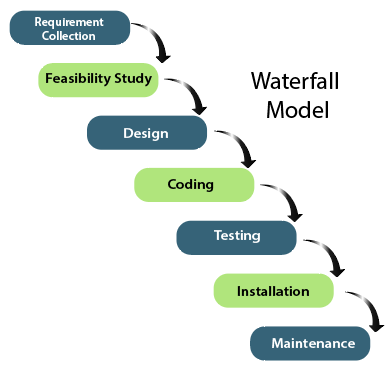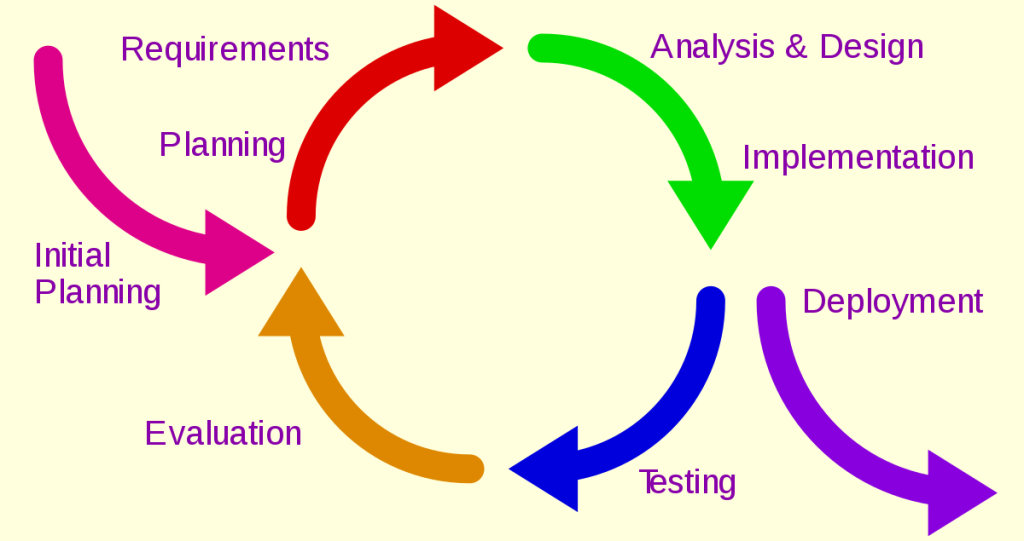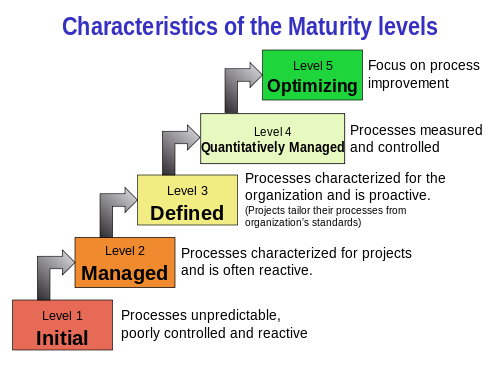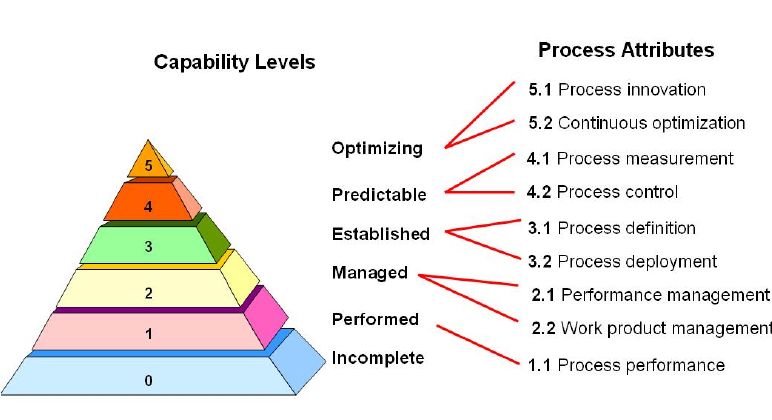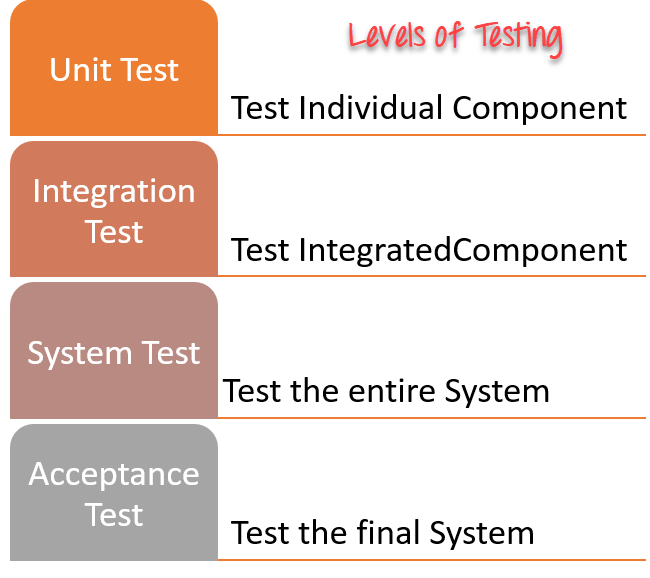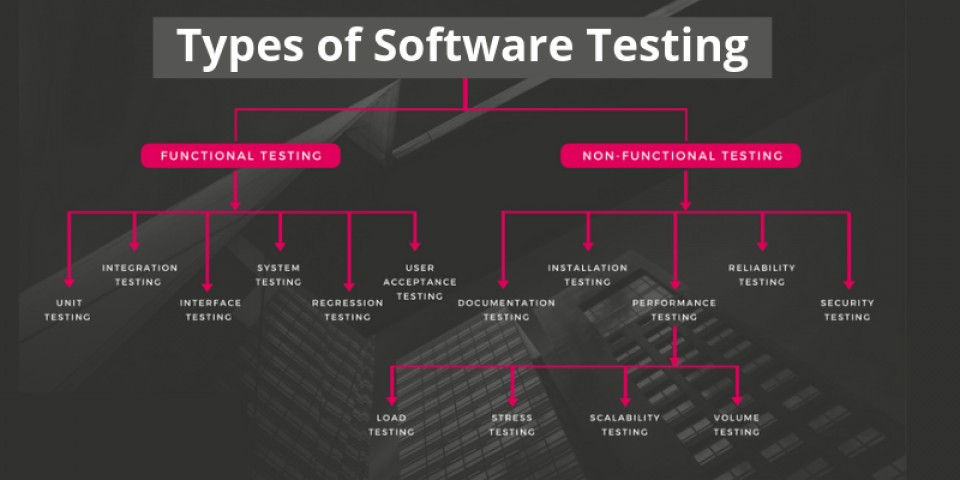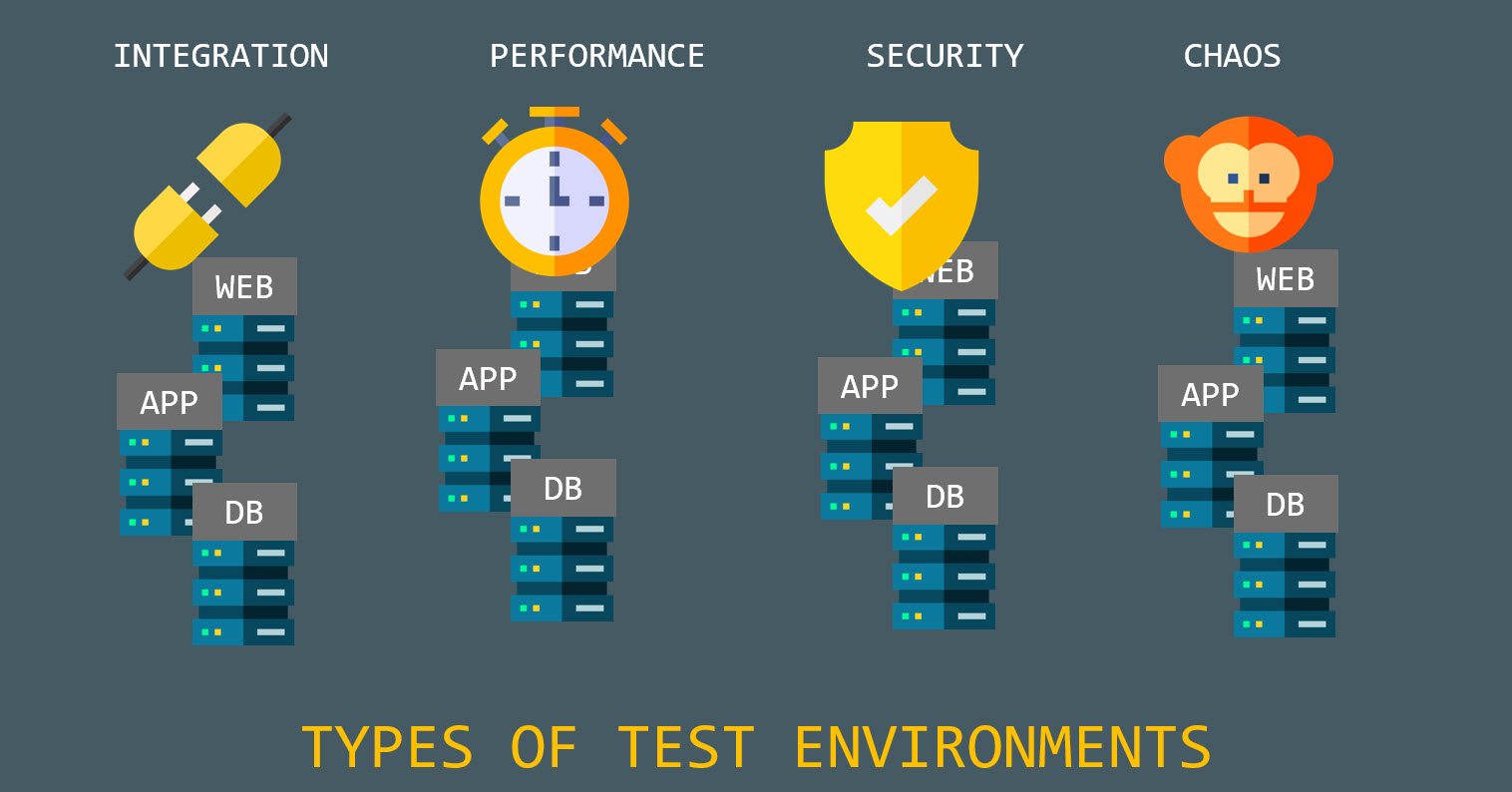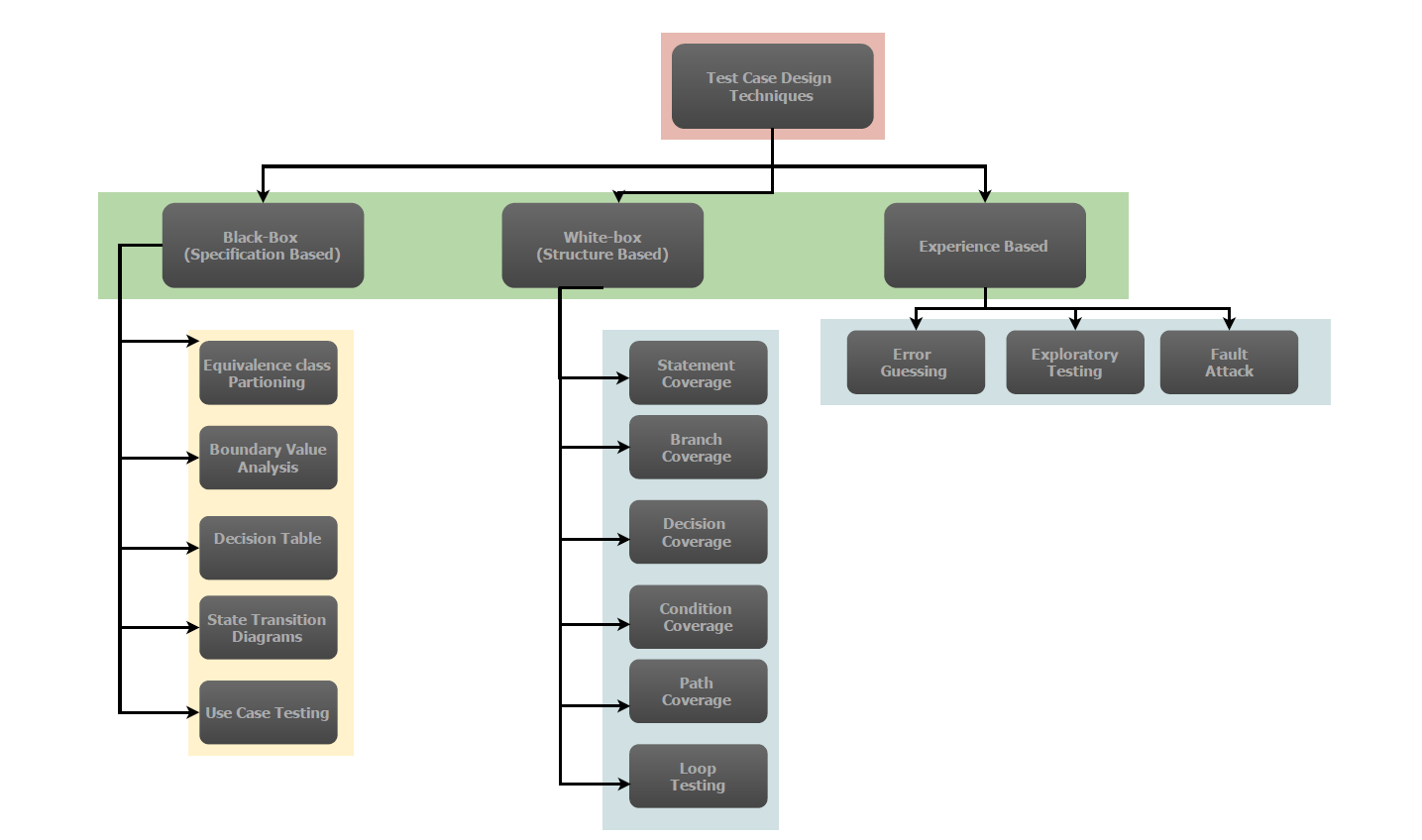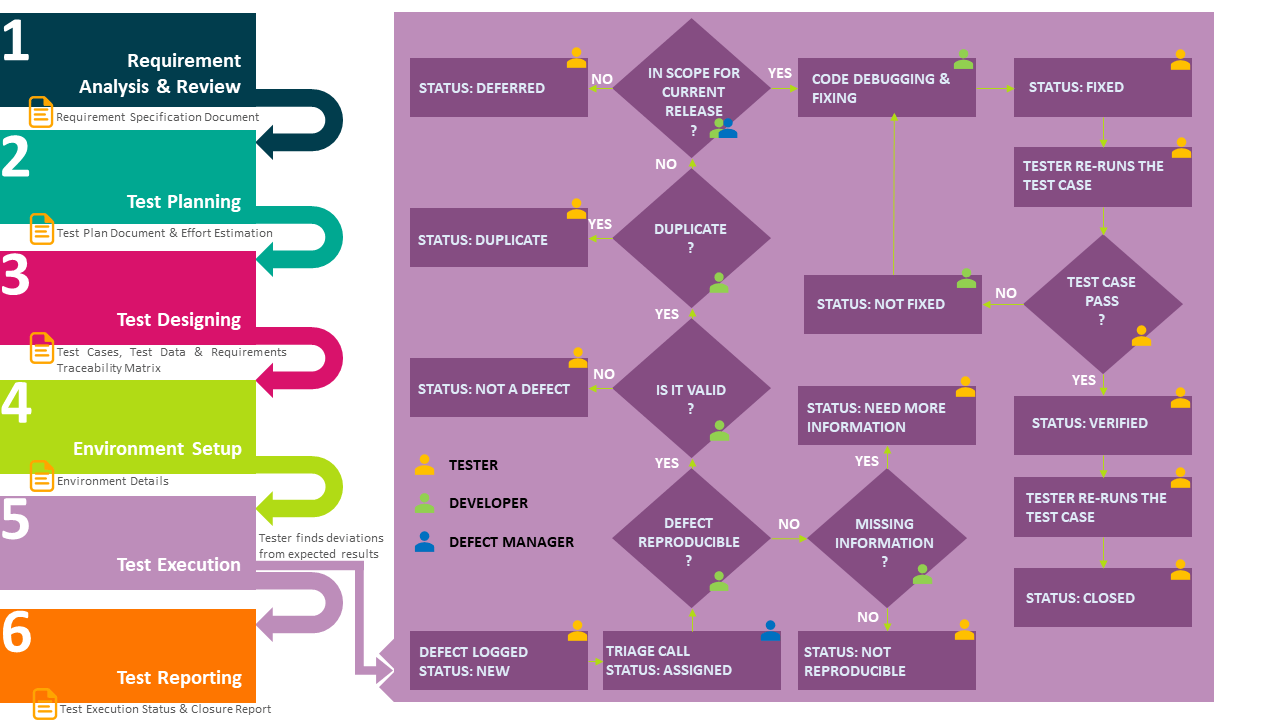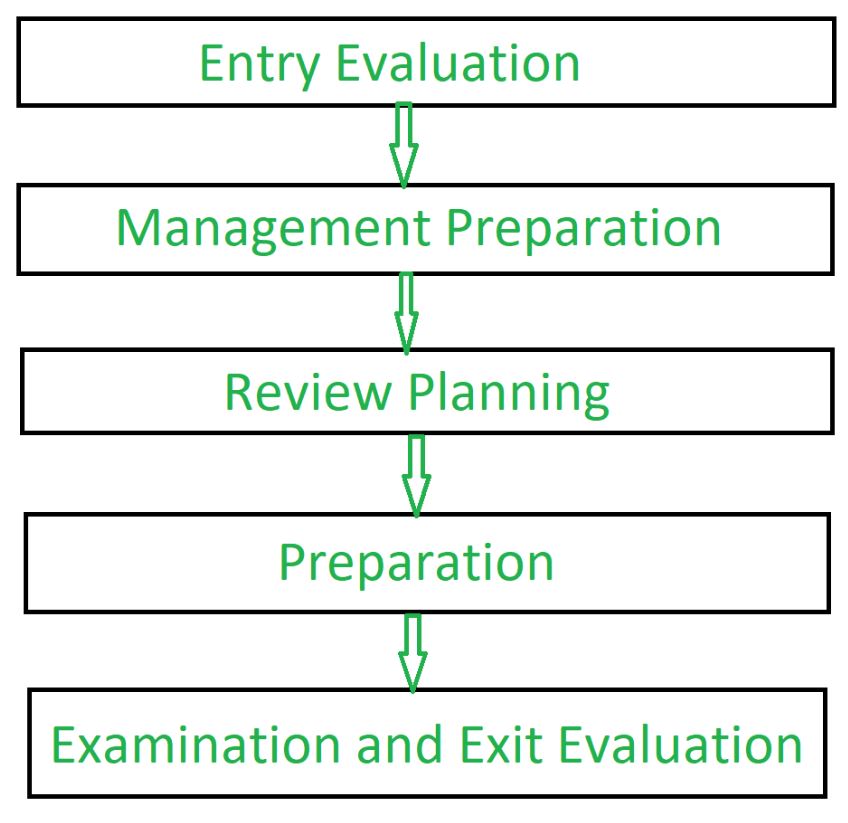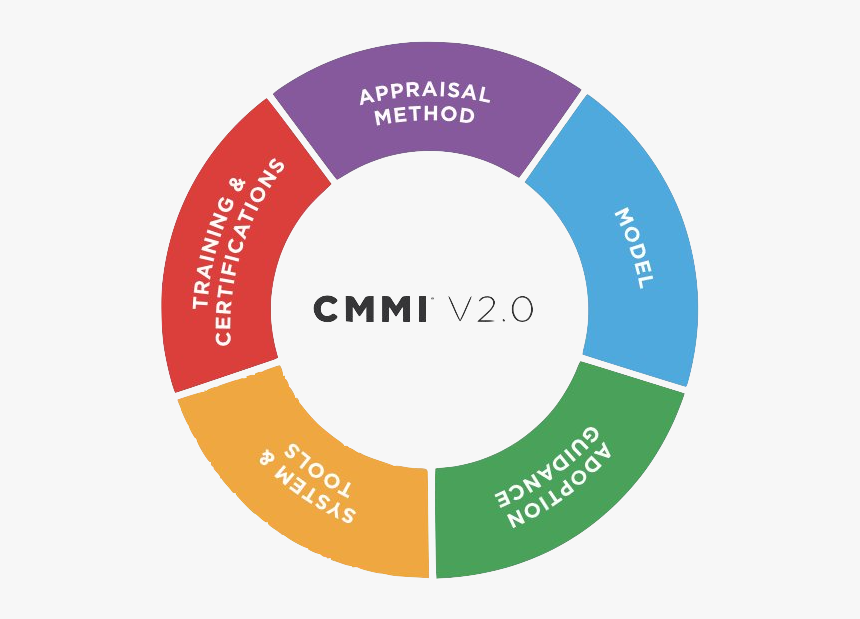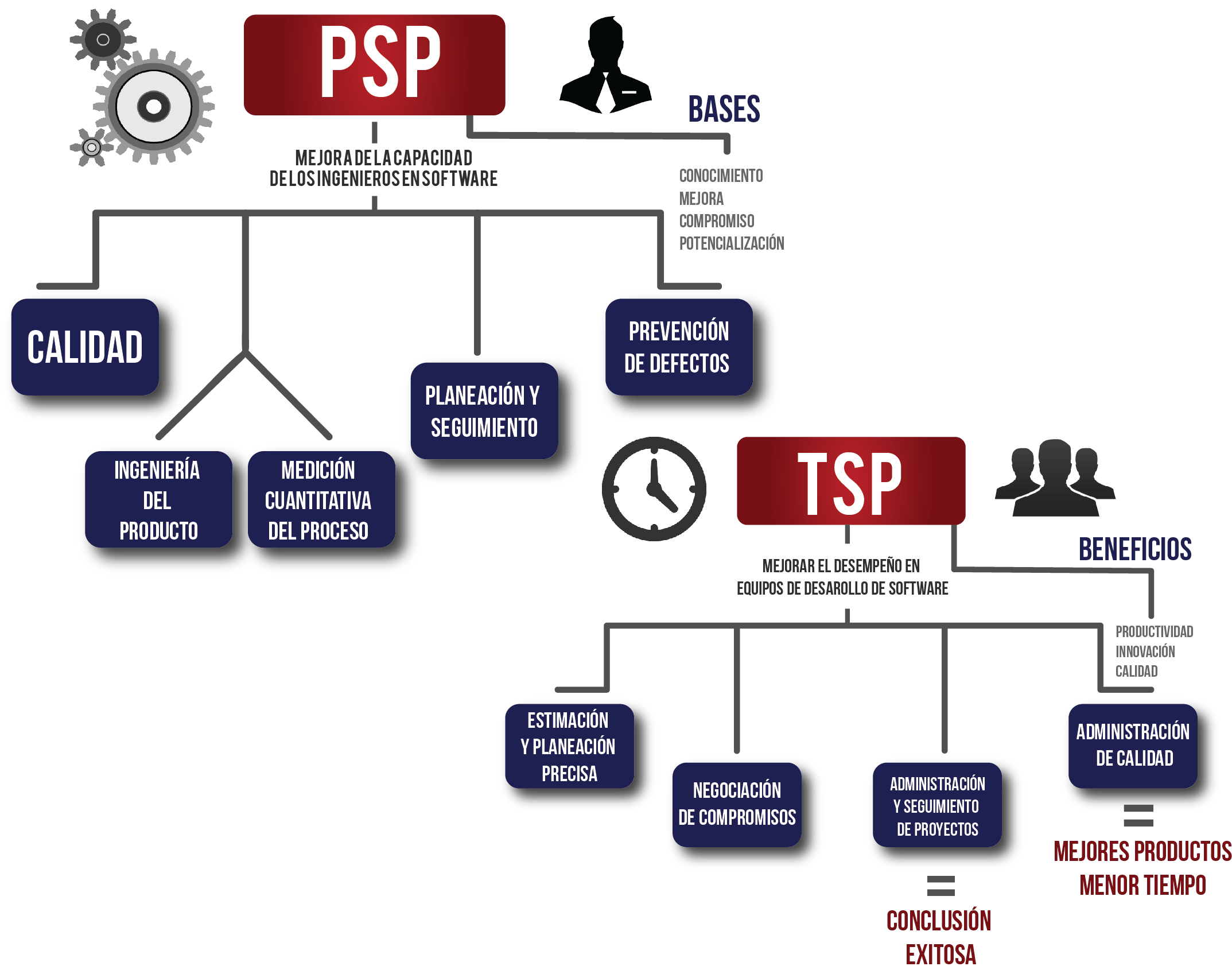There’s this common conception that two heads are better than one, which comes from the intuition that people working in groups are more likely to come up with the correct answer or decision faster/more often than if they were working alone. You see, when you get a bunch of people together and ask them to come up with an idea, it’s highly unlikely that they all have the same idea, right? so there’s an inherent process of brainstorming when people work in organized groups, because everyone has their own thought process and has their own ideas. Parting from there, each individual will either defend their idea, or adopt another person’s idea if it sounds like a better choice. More often than not, the surviving idea or decision will be correct because the arguments favoring that decision are often the most sound.

Okay, sure, that sounds nice and everything, but you already know we’re here to talk about software quality, so what does that have to do with software? Well, it just so happens that software development is a process filled with decisions (button placements, text field vs dropdown menu, algorithm X vs algorithm Y, while vs do-while, etc.), so maybe this conception also applies to software development… and it turns out that it kinda does?
Code review (which we often call peer review) is a software quality assurance activity where someone checks another developer’s code while it is being written. The idea is that there’s a coder and a reviewer, and the reviewer will ask questions about the code and provide feedback on it after a piece of it is written, or sometimes while it is being written, if the reviewer thinks it is necessary (e.g. when the coder is going in a completely wrong direction). This process often results not only in the discovery of quality problems, but also better overall code quality (in most aspects), more defects are found early, more people know how a particular piece of code works (if it needs maintenance and the author isn’t there, someone else can take care of it), increased sense of collective code ownership, better solutions to problems, and more/better QA guideline compliance.
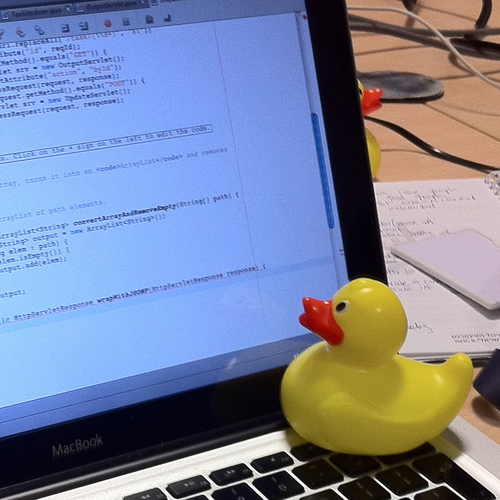
Sounds cool, right? Well, if you like the feeling of someone constantly looking over your shoulder, that is. Developers often prefer sticking to a more toned-down version of peer review, where we ask a teammate to help us review our code only when we encounter a problem, and not through the whole process. Now, since the other person was not involved in the whole development process for this piece of code that you just wrote, there’s often a brief rubber ducking process where you explain your code to your peer, and this also helps the developer clear their mind and look at the bigger picture, which can help them come up with better/faster solutions.

Of course, this process of constant feedback doesn’t only help through the coding process. Thing is, two heads are better than one for pretty much anything: planning, requirements, design, etc. You name it, two heads can do it better (probably). The thing is, what helps us the most is the constant feedback that we get from working closely together. Whether it’s planning, designing, or coding, you most likely will benefit from having different points of view. Having a larger perspective often results in taking more things in consideration, which means that you’ll probably encounter less problems along the way.
In conclusion: yes, two heads are better than one.



